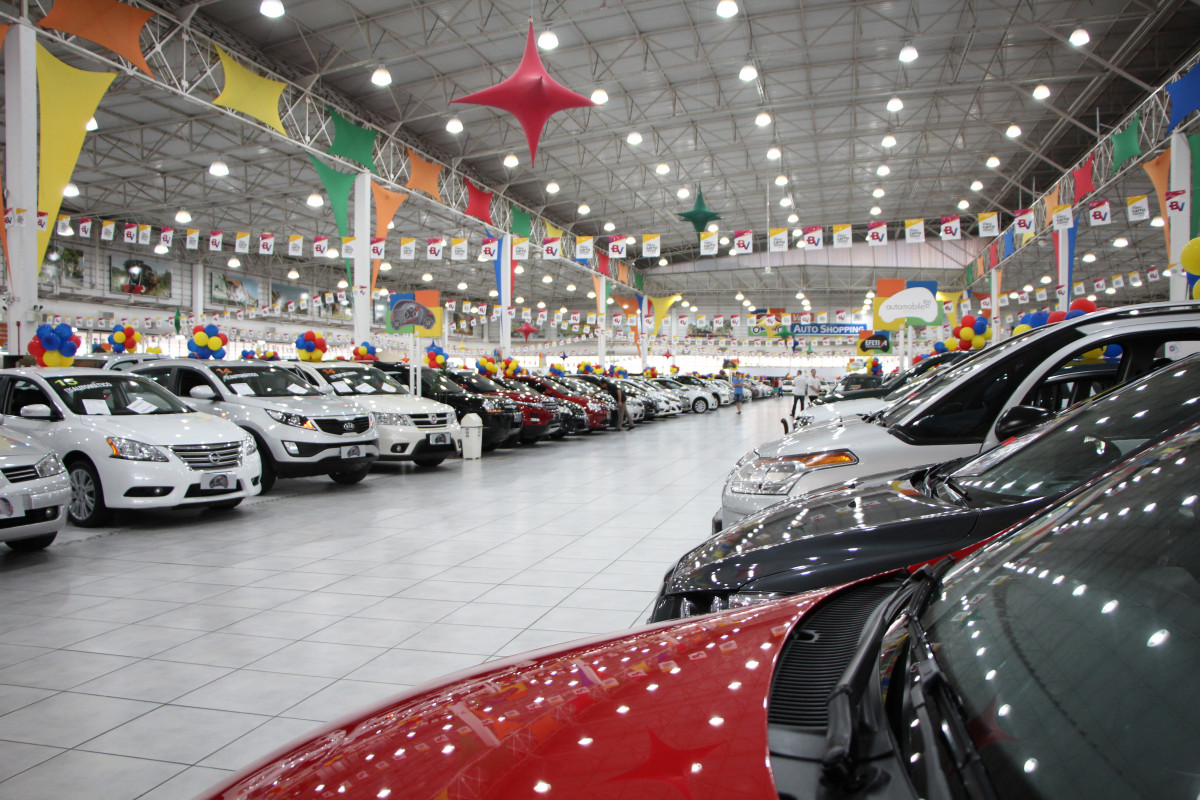RIO DE JANEIRO, BRAZIL – Transportation Apps are impacting the vehicle loan market. Car, motorcycle and truck financing grew 9.1 percent in the first half of the year, compared to the same period in 2018.
According to a survey by Stock Exchange B3, operating the National Secured Transactions System (SNG), financing enabled the purchase of 2.87 million vehicles, of which 1.06 million are new — an increase of 9.7 percent. Used cars totaled 1.81 million units, an increase of 8.7 percent.

Among the factors behind the increase in sales is the market generated by apps such as Uber, 99, and Cabify. “Many people who become unemployed look at the transportation sector as an alternative source of income and therefore need a car,” says Juliana Inhasz, coordinator of the undergraduate Economics program at the Institute for Education and Research.
This growth is driven by investments in vehicles for passenger transport, whether bought or rented, has been noted since last year, according to the chief economist of the National Association of Credit, Financing and Investment Institutions, Nicola Tingas. “It has a significant impact. This has been evident since last year”.
A still feeble market
Tingas points out that this growth does not represent a boost in the consumer market, but an investment by those who intend to work under this system. “In my opinion, this kind of indirect financing via Uber is not consumption. They did not buy a car for personal use or leisure.”

Along with the purchase of vehicles as a work tool, there has also been an increase in truck purchases, representing the most significant percentage growth in the period. In the first six months of 2019, 128.8 thousand units were financed, an increase of 23.47 percent over the first half of 2018.
Juliana Inhasz said there is a market upturn after four years of recession, due to improved income and credit conditions, with lower interest rates. “Although the rise is significant, we are talking about a feeble base. It seems like a major upswing, but in fact, it is a recovery; we are trying to recuperate a sector that suffered a lot from the recession.”
Among the factors suggesting more favorable conditions in the economy is the decline in unemployment, according to the professor. “There is an improvement in the market because the unemployment rate has dropped: slowly, but it has.”
Despite the good news, the economist believes that there is still a long way to go before the automotive industry returns to the same level as before the recession. “We need at least six years of work to get back to where we were in 2012, 2013. In an optimistic scenario,” she said.

